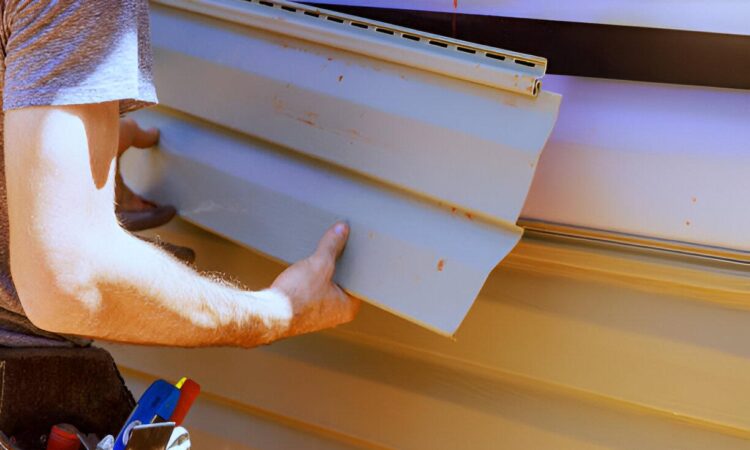
Though not as sophisticated as a kitchen remodel or a brand-new deck, siding installation is one of the most critical renovations you may do for home improvement projects.
Your house’s siding is the skin as it helps in:
- Keeping moisture out
- Maintaining energy efficiency
- Granting your home that polished curb appeal
